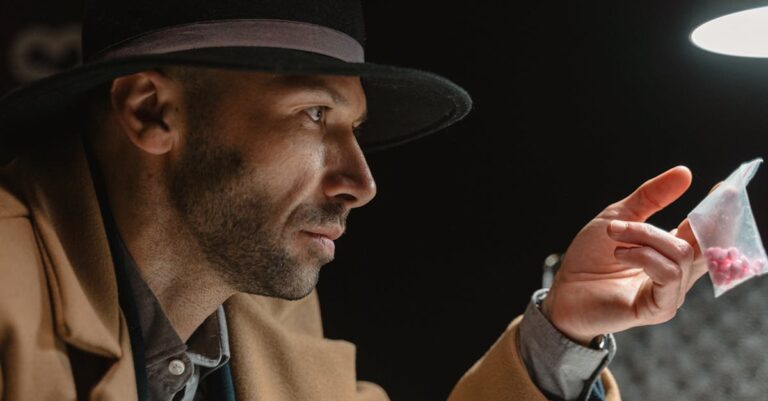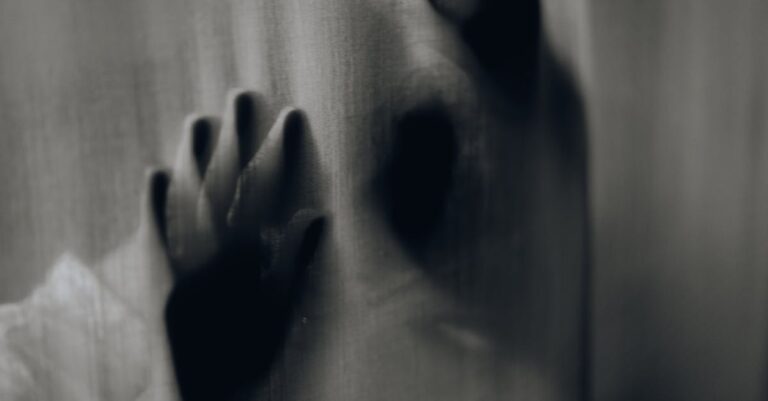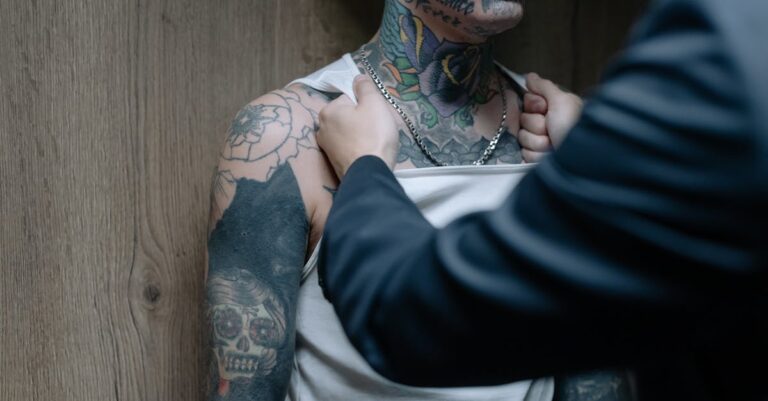The lab smelled of ozone and static, a metallic tang that clung to the back of Dr. Elara Voss’s throat. She adjusted the collar of her coat, fingers brushing against the cold edge of the glass chamber. Inside, the object pulsed—no, *breathed*—a black crystal no larger than a fist, its surface rippling like liquid under a microscope’s gaze. It had been buried in the desert for decades, unearthed by a mining crew who’d mistaken it for obsidian. Now it sat here, humming faintly, as though waiting.
“You’re sure about this?” Dr. Kael’s voice cut through the hum of machinery. He stood at the door, arms crossed, his lab coat unfastened. His eyes were fixed on the crystal, narrow and wary.
Elara didn’t look up. “The scans are clear. It’s inert. Just… reactive.” She tapped the glass. The crystal dimmed, then flared a sickly green. “See? It’s not dangerous. Not yet.”
Kael stepped closer, his shadow stretching across the control panel. “You’re chasing a ghost, Elara. This thing—” He gestured at the chamber. “It doesn’t *do* anything.”
“It does,” she said, voice tight. “It *watches*.”
The lab’s lights flickered. A low whine filled the air, like a distant train. Elara’s pulse quickened. She’d felt it before—this strange pull, as if the crystal were *listening*. But Kael didn’t react. He stood motionless, staring at the glass.
“What’s wrong?” she asked.
“Nothing,” he said. “Just… don’t let it get too close.”
The next morning, Elara returned to find the chamber empty. The crystal was gone. Her hands trembled as she scanned the room. The security footage showed nothing—just static, a blank screen for the last thirty minutes. Kael’s workstation was untouched, his coffee still warm.
She called him. No answer. The lab’s intercom crackled with silence.
By dusk, the first reports came in: a man in the town nearby had claimed to see his own reflection *move* without him. A woman swore her shadow had whispered her name. Elara didn’t believe them—until she looked in the mirror and saw Kael’s face staring back.
He wasn’t there. But his eyes were wide, unblinking, as if he’d been waiting for her to notice.
“What did you do?” she whispered.
His reflection didn’t blink.
The crystal reappeared that night, sitting on her desk like a petulant child. It pulsed in time with her heartbeat, its surface now a swirling void of stars and smoke. Elara reached for it, but her hand stopped midair. The air around it was thick, heavy, as if the space itself had been stretched thin.
She tried to pull back, but the crystal *tugged* her forward. A voice—Kael’s voice—whispered in her ear: “You wanted to know what it does. Now you’ll see.”
The world dissolved.
When Elara opened her eyes, she was standing in a field of glass. The sky was a shifting mosaic of colors, each shard reflecting a different version of herself: a child holding a toy, a woman in a lab coat, a figure with hollow eyes and no face. She turned, and there he was—Kael, but older, his skin cracked like porcelain.
“This is what it does,” he said. “It shows you the truth. Or what you want to believe.”
“What’s happening?” she asked.
“You’re inside it,” he said. “Like I am. Like everyone who touches it.”
The ground trembled. The shards of sky fractured, revealing a black void beneath. Elara stumbled back, but the ground was gone. She was falling, spiraling through a tunnel of light and sound. Kael’s voice faded, replaced by a thousand others—people shouting, weeping, laughing.
Then she was back in the lab, gasping for air. The crystal was gone again. Her hands were shaking. She checked her phone: 3:47 AM. No messages. No calls.
The next day, the town was gone. Not destroyed—just… *erased*. The roads ended abruptly, as if someone had sliced through them with a knife. Elara drove until she found a new town, its buildings too perfect, its people too still. A child approached her, eyes hollow. “You’re not supposed to be here,” the boy said. “The lens doesn’t let you go.”
She ran.
Back at the lab, she found Kael’s journal. Pages were filled with frantic notes, diagrams of the crystal’s patterns, and a single sentence scrawled in red: “It’s not a tool. It’s a mirror. And it’s watching us.”
Elara closed the journal. The crystal was back, resting on the table. She didn’t touch it. Instead, she opened the lab’s emergency vent and poured in a vial of acid. The liquid hissed, eating into the glass. The crystal flared, then dimmed.
For a moment, she thought it was gone.
Then the lights went out.
In the darkness, the crystal began to speak. Not with words, but with images—memories, dreams, fears. Elara saw herself as a child, hiding in a closet as her father screamed. She saw Kael’s face, twisted in terror. She saw the lens itself, not as a crystal, but as a door—open, waiting.
When the lights came back on, the crystal was gone. But the lab was different. The walls were smoother, the air heavier. And in the corner, a new object sat: a small, black box with a single button.
Elara stared at it.
She didn’t press it.


